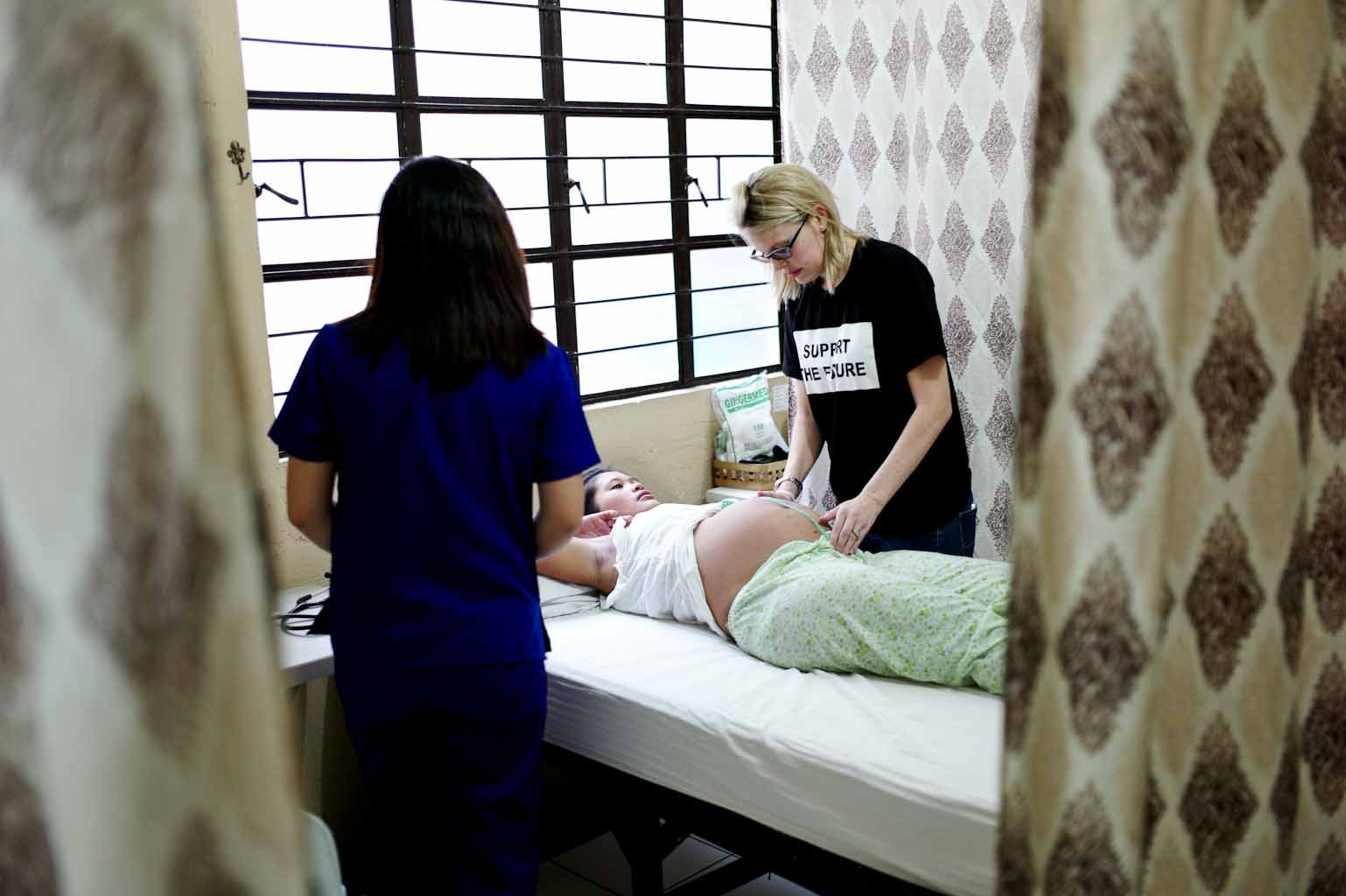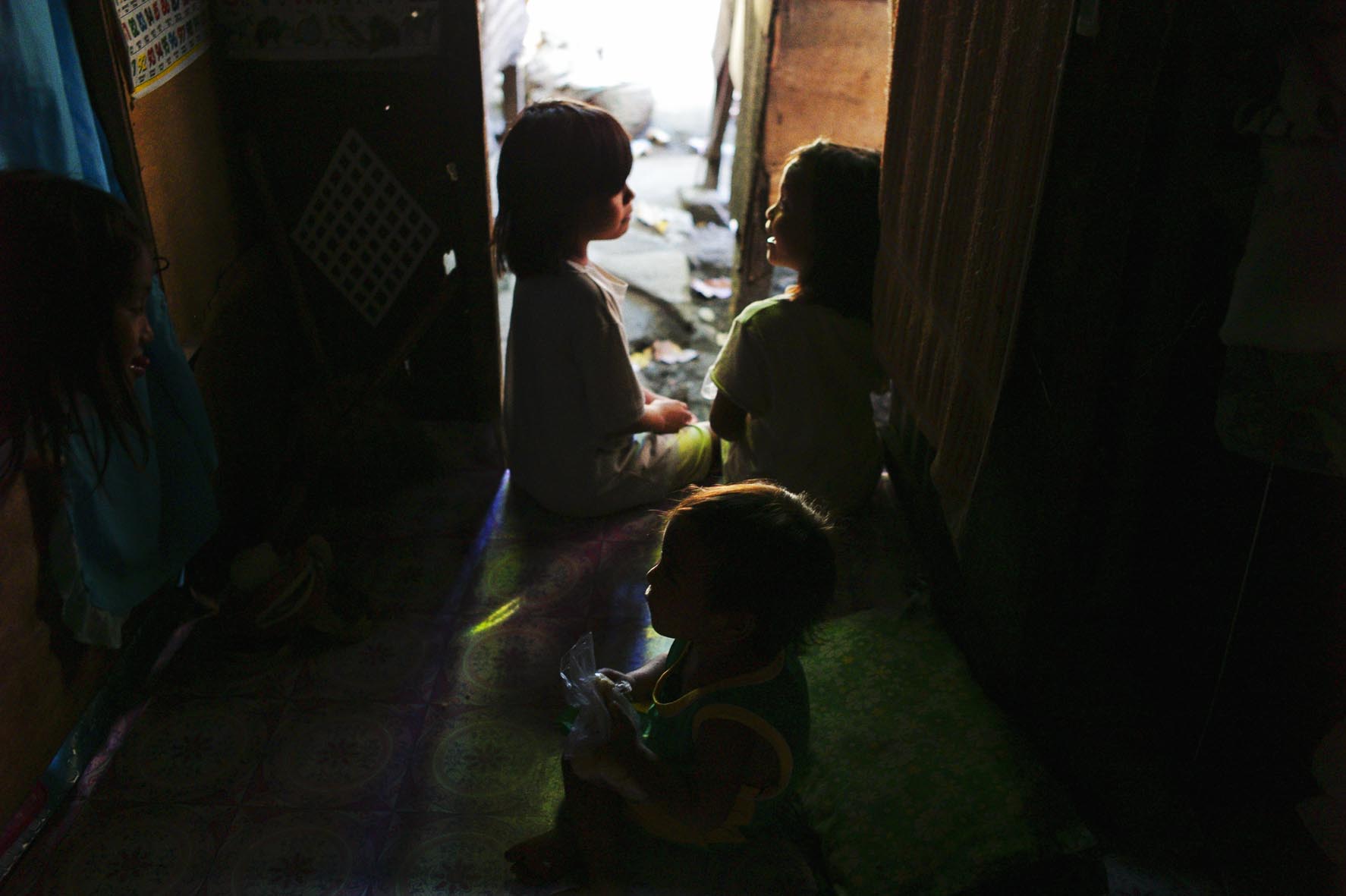
It's been more than four years ago but Cassandra* still remembers how her hands were shaking when she got the sealed envelope that contained her HIV test results.
"My Facebook org had organized an HIV testing activity and a bunch of us were getting tested. My then-boyfriend and I signed up. It was supposed to be no big deal," says the 30-year old media communications specialist.
Her anxiety began when she mentally ran through her sexual past while waiting for her turn to get tested.
"I'd been having sex since I was 17 and by that time, I think I had slept with 12 or 13 guys. A lot of them were flings and most were unprotected. I found myself suddenly wondering about the other people those guys had slept with. Until then, the possibility of getting HIV had never really crossed my mind."
Cassandra castigated herself with a litany of "what if's". "I've always thought of myself as a responsible person but thinking about all those times I didn't use a condom made me shudder. I was just having fun--but I was careless."
Her test results came out negative. Cassandra was relieved; she had dodged a bullet—this time.
HIV? But That's Old News!
When we hear about HIV, we probably think back to the 1980s when the virus was at its worst, taking lives of many mostly young gay men. More than 30 years after, HIV is on a global decline—except in a handful of countries like the Philippines.
The country is grappling with a growing HIV epidemic that has been described by the World Health Organization (WHO) as one of the fastest growing in the world.
It was 1984 when the country reported its first HIV case. In just the last five years, HIV cases have almost quadrupled totaling more than 30,356. The Department of Health (DOH) forecasts that total HIV infections could reach 133,000 by 2022 if this current trend continues.
HIV is commonly transmitted through sexual contact or unprotected sex and while most of those living with HIV are men, women are at an increasing risk for HIV because of a combination of risky sexual behavior and misconceptions about how someone can get infected.
Cosmo sat down with two health experts to shed light on these misconceptions.
But only Gay Guys Get HIV.
"From 2013-2015, there was a steep rise in HIV prevalence among 15-24 year olds, mostly men. But we know that some of these men have both male and female sex partners–-and that puts women at risk," says Dr. Genesis Samonte who heads the DOH department that monitors HIV infection rates.
"We need to see HIV as centered around sexual behavior rather than sexual orientation," explains Ivy Kristel Hapitan, an HIV Peer Educator & Counselor at the Love Yourself Testing Clinic.
"A lot of those I've counseled at the clinic are what we refer to as 'MSM' or men who have sex with men. They have sex with both men and women. Some are exploring or experimenting, some just want to," adds Hapitan.
But I'm on The Pill.
When Cassandra was reviewing her sexual history, she thought of how many times she agreed not to use a condoms thinking, "It's ok, I'm on the pill. I was more scared of getting pregnant than getting HIV," she recalls.
Hapitan says it's common for a lot of women to be more concerned about getting pregnant rather than getting HIV. "Unlike an unplanned pregnancy, HIV does not seem real until we see one of our girlfriends get infected so we think so we think being on the pill is enough," she said.
The pill does not protect against sexually transmitted infections, only condoms can.
Hapitan also cautions that withdrawal or "pulling out", a favored but highly unreliable birth control method, does not provide protection from pregnancy or STIs.
"You can get an STI like HIV from pre-ejaculation fluid," says Hapitan.
But I'm Too Dyahe to Ask him to Wear Condoms.
Women aren't that great at having "the condom talk" with a sex partner. "Girls get stuck when it comes to insisting on condoms. We're embarrassed; we're worried about what the guy will think or about losing the guy if we insist on condoms. That needs to change," Hapitan says.
Condoms should be like lipstick, you never leave home without it being in your kikay kit. "Always be prepared. Don't wait for him to bring up condoms. Insist on it," she stresses.
But he comes from a good family and he's educated. He can't possibly have HIV.
HIV infections in urban areas like Metro Manila and Cebu have breached what the DOH and the United Nations have referred to as a "5% threshold" which Samonte explains as "a critical mass of people who have the virus, enabling the rate of infection to grow exponentially."
HIV does not discriminate and the numbers are telling. "The physical map of the people with HIV is now big enough that any woman who is sexually active and does not use protection is potentially at risk for STIs and HIV," stresses Samonte.
But I'm Not a Slut. I Don't Sleep Around—That Much.
Today, dating apps like Tinder have made hooking up so much easier now that sometimes "sleeping around a lot" becomes very subjective. Cassandra and her girlfriends call the easy access to a bed friend "sex on demand made possible with a simple tap on the phone".
"Before, I met guys I dated or slept with at parties, at work or through mutual friends. Now, with these dating apps, you are literally bringing a stranger to your bed. It's kind great and liberating but also kind of scary, when you think about it," she says.
Samonte clarifies. "There is a common misconception that you can not get HIV if you don't have sex a lot. Truth is, you can get HIV even if you just have unprotected sex only once."
No Glove, No Love
"It is really important to use condoms. That is the only way to stop the spread of HIV. That and checking your HIV status regularly," Samonte emphasizes.
Cassandra recently got tested again. This time her friend, Riki, 25, went with her. Riki is a lesbian who sleeps only with girls but realized that her female partners have had sex with guys and may have thus put her at risk.
The two set a date to get tested at the Love Yourself Clinic at Shaw Boulevard in Mandaluyong. This time, Cassandra was more confident and secure. Imagining the same what if's going through Riki's mind, Cassandra calmly reassured her as they waited for their turn.
"I couldn't help but notice that we were the only two women there. Thankfully, everything about the center, the atmosphere and the counselors, made us feel at ease. There were no awkward moments," says Cassandra.
Both their test results came out negative and the girls decided to openly celebrate their status.
"We took a selfie after our test and posted it on our social media accounts," Cassandra tells us. "We had a nice dinner together and talked about how we should schedule a regular HIV testing date."
A Case Study
"I got HIV from my boyfriend!"
Tin-Tin* was 26 and working in Hong Kong when she met her boyfriend, Andrew*.
They had been dating exclusively for more than four years when family reasons brought her back home to the Philippines. It was when she was in the Philippines that she found out that she was unexpectedly pregnant—she was HIV positive.
An HIV test was offered as part of her pre-natal exams and she decided to take it, even if getting HIV was farthest from her mind. When she got her results, Tin-Tin was devastated. "I didn't even know much about HIV. I just knew it was for gays and prostitutes—not something that could happen to me."
Tin-Tin was convinced that Andrew had cheated on her and broke up with him. "I was having sex only with him. How else could I have gotten infected?" Tin-Tin decided to stay in the Philippines to get away from Andrew and be with her family. Her baby, thankfully enough, was not infected with HIV.
Tin-Tin, now 40, is raising her child on her own and is active in HIV advocacy work, particularly in creating better awareness of HIV among women. "We think that as women, we won't get infected. But that's not true, just look at me."
The Joint United Nations Programme on HIV/AIDS or UNAIDS estimates that 50 million women are at risk for HIV infection through intimate partner transmission. Women are infected by HIV not because of their own sexual behaviors but because their boyfriends or husbands engage in unsafe behaviors like buying sex or injecting drugs.
According to the report, more than 90% of the 1.7 million women living with HIV in Asia acquired the virus from their husbands or from their boyfriends while in long-term relationships.
If you suspect that your partner has been sleeping around, notice unusual vaginal discharge, or if you just want to check your status, consider getting an HIV test. Free and anonymous testing and counseling is available at testing clinics like Love Yourself and Sustained Health Initiatives of the Philippines (SHIP). Prices for HIV testing at private hospitals like St. Luke's Medical Center and Medical City range from P1,000 – P1,500.
*names have been changed
This article ran in the July edition of Cosmopolitan (Philippines)








